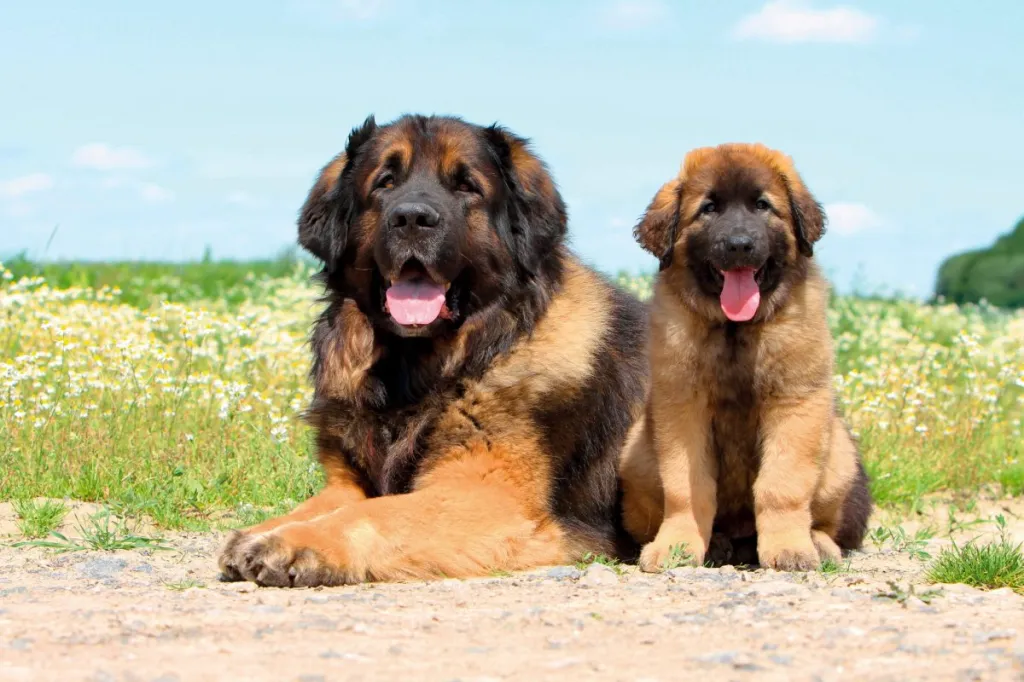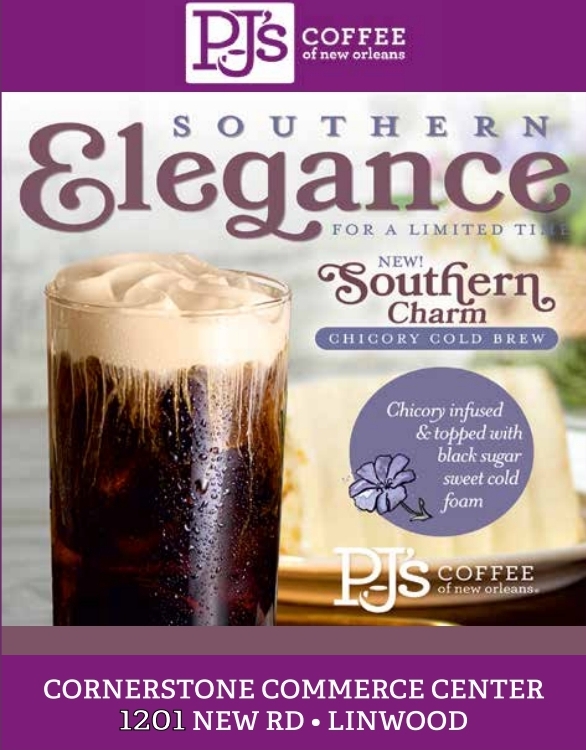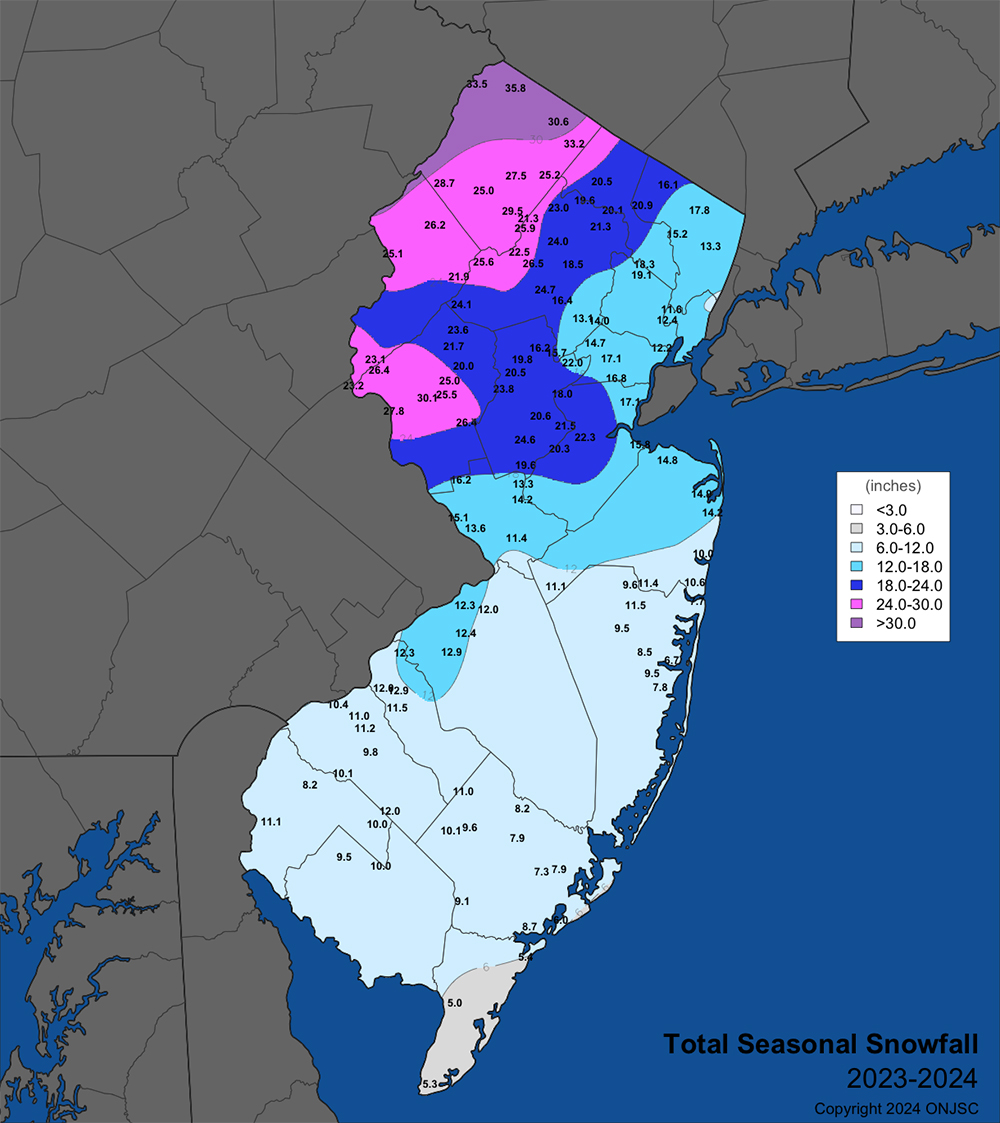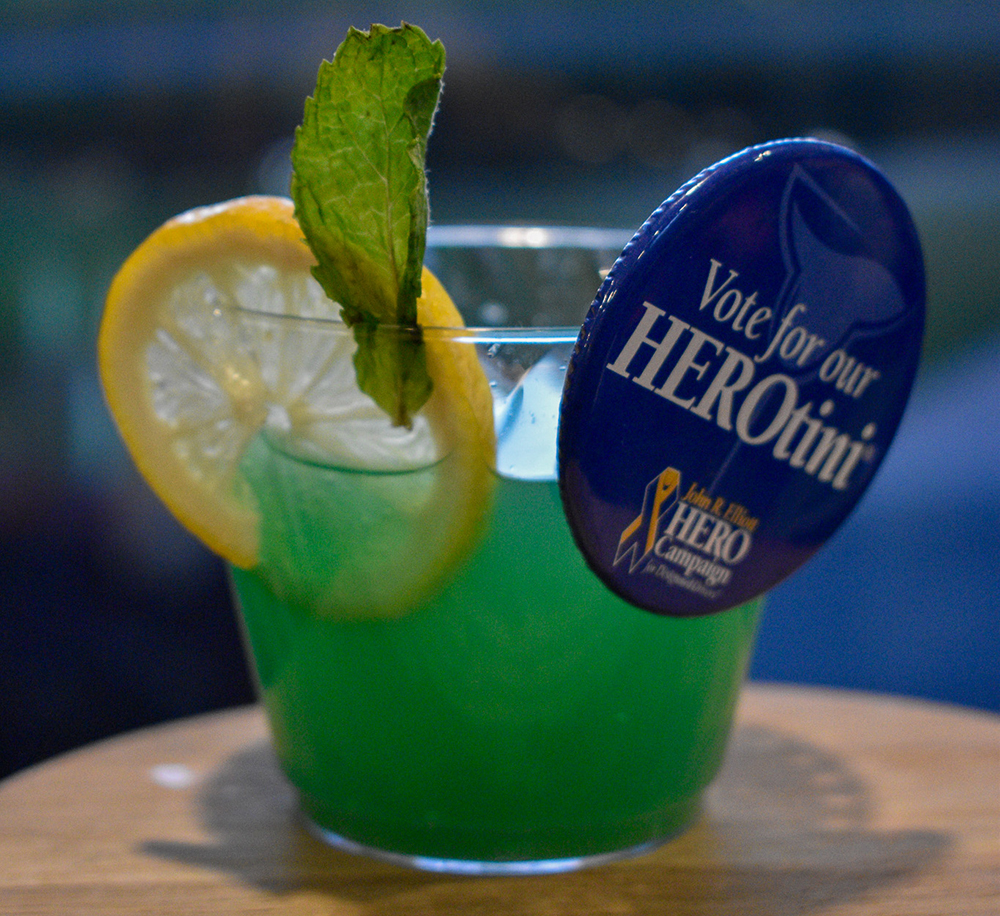By Heidi Clayton
The American Kennel Club describes the Leonberger as a hidden gem among purebred dogs. If you like big, sweet, hairy dogs consider the Leonberger. I know several “Leos” and have yet to meet one that is not sweet and happy. I highly recommend them as a solid family pet.
The Leonberger was created by an animal trader named Heinrich Essig who happened to live in the town of Leonberg, Germany. Essig sought to breed a fashionable large white-colored dog by crossing a St. Bernard and a breed called the Landseer. These fashionable dogs became popular among the upper class, including with the Prince of Wales (later King Edward VII) and Tsar Alexander III. In 1846, Essig made the dog a breed. He named them after the town in which he lived and called the dogs the Leonberger. The first Leo club was formed in 1891 and is credited for writing the breed standard. Leos were seen in America as early as 1887.
During World War I, the Leo was used as a medic dog yet became almost extinct in Germany with only roughly 25 remaining after the war. A cooperative was formed in the town of Leonberg that restored their numbers to 350. However, during the Nazi era in Germany, the party controlled everything, including breeding programs of dogs. Again, the Leo numbers declined during World War II. The Leo all but disappeared in America. After the war in 1947, Germans reformed the Leo Club and restored the breed to pre-war numbers. The Leonberger Club of America was established in 1987.
The Leonberger is not a small dog. The average weight for a male is roughly 145 pounds. A female Leonberger can weigh up to 115. Their large size comes with a large loving personality. A Leo’s temperament is never aggressive, always friendly, and willing to do whatever job it is asked to do. They excel at therapy dog work, draft or cart pulling, and water sports. They are known for the black mask around their face, a lion-like mane around the neck and chest, and feathering around the ears and legs. Their colors are “lion yellow” or red and brown. They have a waterproof double coat that will require semi-daily brushing.
The Leonberger Club of America recommends that breeders test their breeding stock for both hip dysplasia, elbow dysplasia, and laryngeal paralysis. They also should get a DNA test specific to the Leonberger for polyneuropathy. Every Leo breeder I know is a member of The Leonberger Club of America. They pay strict attention to breeding not only lovely temperaments but also adhering to health testing requirements.
If you are looking to bring a happy and easily trained puppy into your family, consider the Leonberger. They are known for their love of children. They are absolutely adorable puppies. While, yes, you will have to brush them, Leos have a consistent almost perfect temperament that you will value if you have children. Visit the LeonbergerClubofAmerica.com to find a breeder and welcome a wonderful dog into your life.
If you are in the Margate area, you will see a local celebrity Leonberger. Mavis walks like a perfect lady and is my favorite Leo of all time. Mavis is a registered therapy dog and quite frankly a perfect representation of the breed.
If you have any questions, please feel free to email me at heidi@fouronthefloordogtraining.net.
Heidi Clayton started Four On the Floor Dog Training to provide positive, reward-based dog training in South Jersey. She breeds, trains and shows bull terriers under the SoraBully’s Bull Terriers kennel name. Email questions to heidi@fouronthefloordogtraining.net or learn more at https://fouronthefloordogtraining.net










